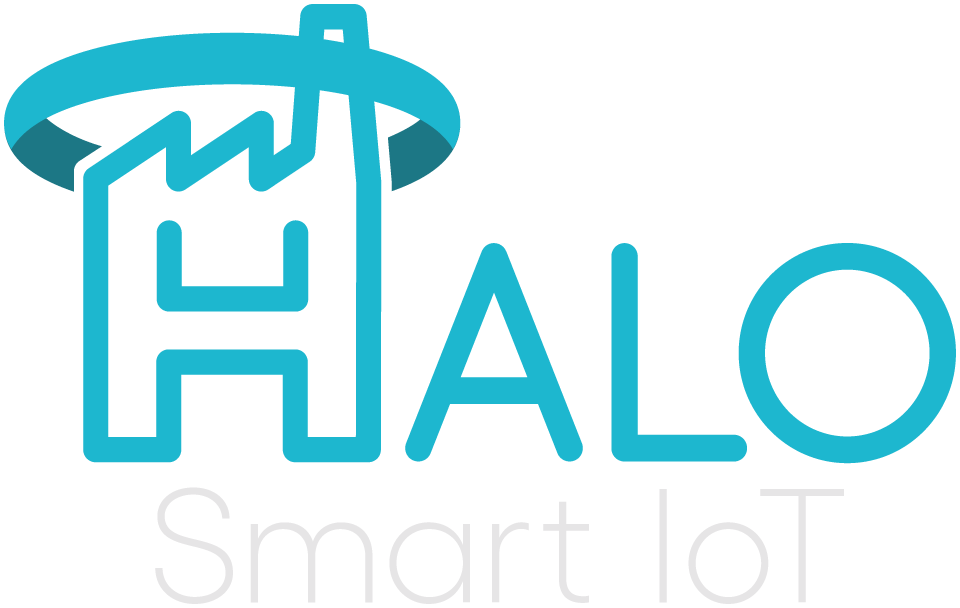Data analytics is emerging as a powerful tool to enhance tenant well-being and optimise property management. A recent discussion with a key decision-maker in the sector shed light on how data-driven insights can help predict and mitigate housing issues, such as damp and energy inefficiencies, while also addressing the need for proactive system maintenance.
The Challenges: Understanding the Market
One of the initial challenges discussed was the use of radon sensors in social housing. Despite the potential benefits, councils in Wales have stated that they will not accept data from digital devices, preferring more traditional mechanical methods. This highlights an ongoing issue in the industry: the slow adoption of digital solutions in certain regions due to regulatory restrictions.
The Real Opportunity: Data Analytics in Housing
A key takeaway from the discussion was the potential to use existing property data to drive meaningful change. By leveraging analytics, we can better understand tenant behaviours, property conditions, and environmental factors.
By overlaying property data with additional contextual information—such as whether tenants receive benefits, are elderly, or live in single-occupancy homes—we can begin to identify patterns and trends. For instance, are certain types of tenants more prone to experiencing damp issues? Are there correlations between energy inefficiencies and specific demographics? By answering these questions, housing providers can make more informed decisions that improve living conditions and resource allocation.
The Power of AI and Customer-Led Innovation
The prospect of integrating AI to extract deeper insights is becoming increasingly tangible. This aligns with broader industry trends where organisations are shifting towards smart, data-led decision-making.
If we can successfully implement AI analytics with a real housing association, the initiative would not only offer valuable insights for property management but also serve as a powerful case study to be shared with Welsh government authorities. This kind of thought leadership positions us at the forefront of innovation within the sector.
The Future: Building a More Proactive Ecosystem
The conversation underscored the importance of bridging the gap between technology deployment and ongoing customer support. It’s not enough to simply install monitoring solutions—we need to ensure they are maintained, understood, and used effectively by housing providers. This means establishing clearer naming conventions, simplifying configurations, and educating customers on system management.
Moreover, our analytics platform must strike a balance between real-time alerts and long-term data trends to provide both immediate and strategic insights.
Conclusion: A Data-Driven Path Forward
As we move forward, our focus is on turning data into actionable insights—helping housing providers create healthier, more efficient living environments while strengthening our position in the market. The journey has just begun, but the possibilities are vast, and the potential impact is transformative.
